Introduction :
Asian food is renowned for its vibrant flavors, aromatic scents, and diverse range of dishes. Among the multitude of Asian culinary delights, starters hold a unique spot, offering a tempting glimpse into the rich tapestry of flavours the mainland has to offer. In this article, we delve into the world of Asian Appetizers, examining their key elements and characteristics and addressing common questions to help you navigate the culinary landscape.
https://valuablerecipe.com/valuable-cuisine-recipe-for-asian-dessert/
Asian food is renowned for its spicy flavors, fragrant aromas, and diverse range of dishes. Among the multitude of responsibilities of Asian culinary pleasures, starters hold a remarkable spot, offering an alluring examination of the rich and varied flavors that the central region offers of genuine worth. In this article, we delve into the world of Asian Goodies, exploring its key components and decisions, and addressing common questions to help you navigate the culinary scene.
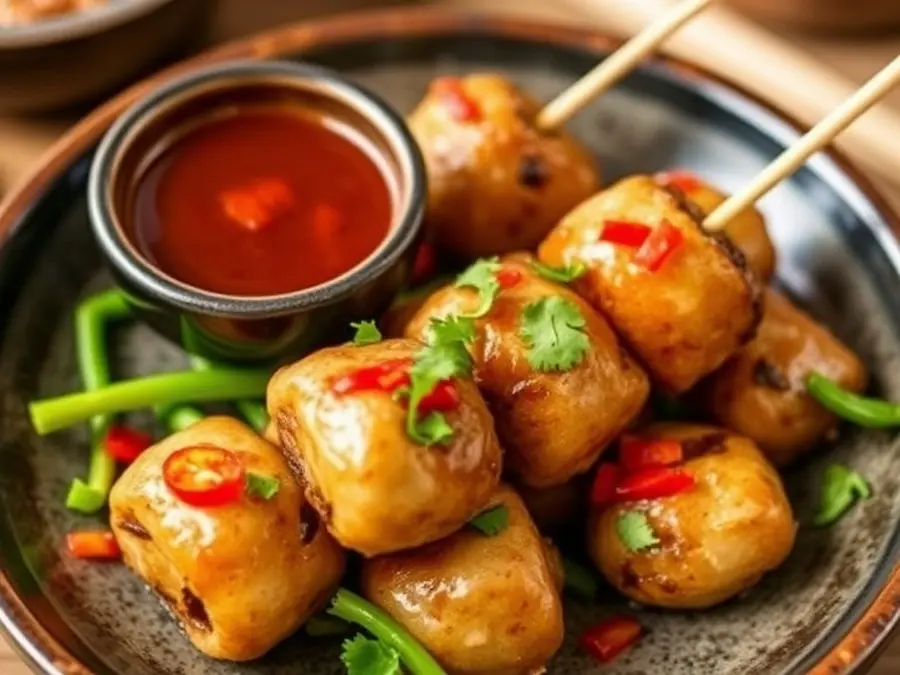
Key Features of Asian Starters:
Arrangement of Flavors and Decorations:
Asian canapés incorporate a variety of flavors and decorations, reflecting the culinary practices of different locales across the region. From the tart oddity of Vietnamese spring rolls to the savory varieties of Indian samosas, each dish offers an exceptional, undeniable experience.
https://valuablerecipe.com/filipino-vegan-recipes/
Textural Detachment:
Asian appetizers consistently highlight a satisfying harmony of textures, combining strength, delicacy, and chewiness in a single bite. This trade of surfaces adds importance and perspective to the dining experience, creating a fantastic culinary journey that enhances the sensory experience of taste.
Intense Flavors and Aromatics:
Flavors and aromatics are central to Asian food, and canapés are no exception. From the fragrant aromas of lemongrass and ginger to the pungent power of stew peppers, Asian starters are packed with rich and complex flavours that enhance the dishes.
https://valuablerecipe.com/3-best-mexican-appetizer-recipes/
Specifics Of Asian Appetizers:
Normal Plans:
Asian canapés consolidate local game plans, each with its evident flavors and decorations. From the delicate kinds of Japanese sushi to the striking varieties of Thai satay, there is something to suit every taste.
Cooking Procedures:
Asian canapés incorporate a variety of cooking methods, including steaming, frying, grilling, and braising. These methods control the flavors and surfaces of the decorations, creating canapés that are dazzling and brilliant.
https://www.allrecipes.com/recipes/1899/world-cuisine/asian/chinese/appetizers/
Show:
The show is a crucial piece of Asian cooking, and canapés are consistently flawlessly plated to tempt the diner’s eye. From unconventional upgrades to decision-serving vessels, everything is carefully considered to create a seamless and engaging experience.
3 Best Asian Appetizers Recipes
-
Vegetable Spring Rolls:
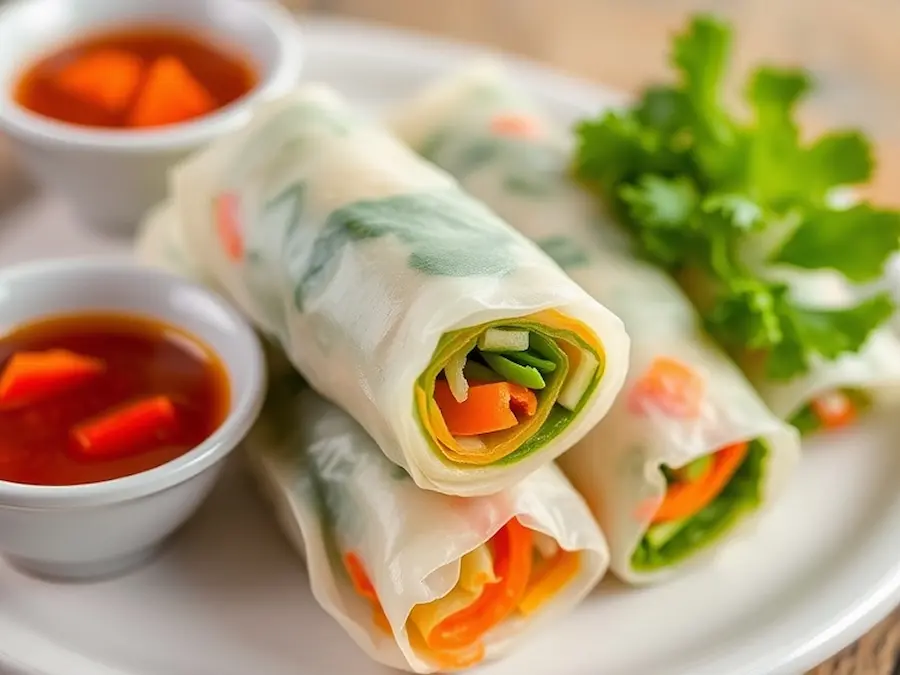
Trimmings :
- Rice paper covers
- Coordinated vegetables (carrots, cucumber, ring peppers, lettuce, etc.
- Rice vermicelli noodles
- New flavors (mint, cilantro, basil)
- Cooked shrimp or tofu (discretionary)
- Hoisin sauce or nut sauce for plunging
https://www.bettycrocker.com/recipes/global-cuisine/asian-recipes/asian-appetizer-recipes
Headings :
- Prepare the rice vermicelli noodles as instructed in the recipe headings. Channel and put away.
- Julienne or desolately cut the vegetables into long strips.
- Fill an enormous bowl with warm water. Dunk one rice paper in the water for a few minutes until it becomes flexible.
- Lay the wet rice paper covering level on an optimal surface. Place a subtle pack of cooked rice vermicelli noodles in the middle of the combination of the covering.
- Add a few pieces of every vegetable and a new flavor to the noodles.
- If utilizing, place a cooked shrimp or a cut of tofu on top of the vegetables.
- Fold the base edge of the covering over the filling, then, at that point, wrinkle the sides inside and roll determinedly to encase the filling.
- Repeat with the additional covers and filling decorations.
- Serve the spring rolls with hoisin sauce or nut sauce for dipping.
Vegetable Gyoza (Japanese Dumplings):
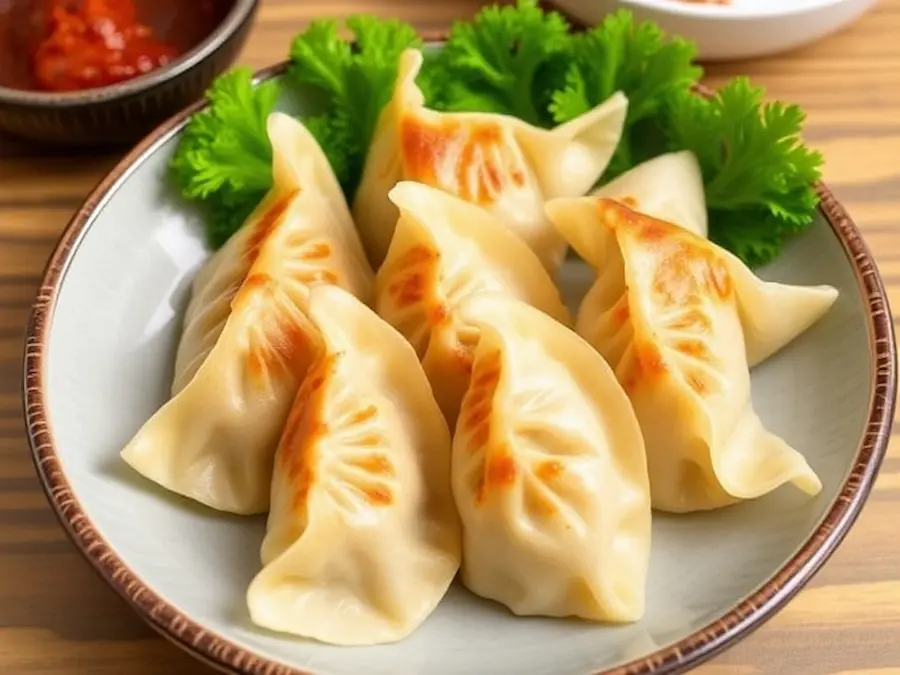
Trimmings :
- Gyoza covers (secretly acquired or privately created)
- Assembled vegetables (cabbage, carrots, mushrooms, and so on), finely separated
- Firm tofu, disintegrated
- Garlic, minced
- Ginger, ground
- Soy sauce or tamari
- Sesame oil
- Green onions, cut
- Gyoza plunging sauce (soy sauce, rice vinegar, sesame oil, and bean stew oil)
https://valuablerecipe.com/tomato-bruschetta-recipe-ready-in-20-minutes/
Headings :
- Combine the hacked vegetables, disintegrated tofu, minced garlic, ground ginger, soy sauce, sesame oil, and cut green onions in a massive blending bowl.
- Place a fairly spoonful of the vegetable filling in place of the combination of each gyoza covering.
- Moisten the edges of the covering with water, then fold the covering in half to encase the filling. Press the edges solidly to seal.
- Heat a non-stick skillet over medium heat and add a generous amount of oil.
- Place the gyoza in the skillet on a single layer; it isn’t necessary to ensure they.
- Cook the gyoza for 2-3 minutes, or until the bottoms are nicely browned.
- Carefully add water to the skillet, cover it, and steam the gyoza for 3-4 minutes, or until the covers are clear and the filling is cooked through.
- Remove the cover and let any excess water spread. Transfer the gyoza to a plate and serve them with a dipping sauce.
Thai Mango Bland Rice:
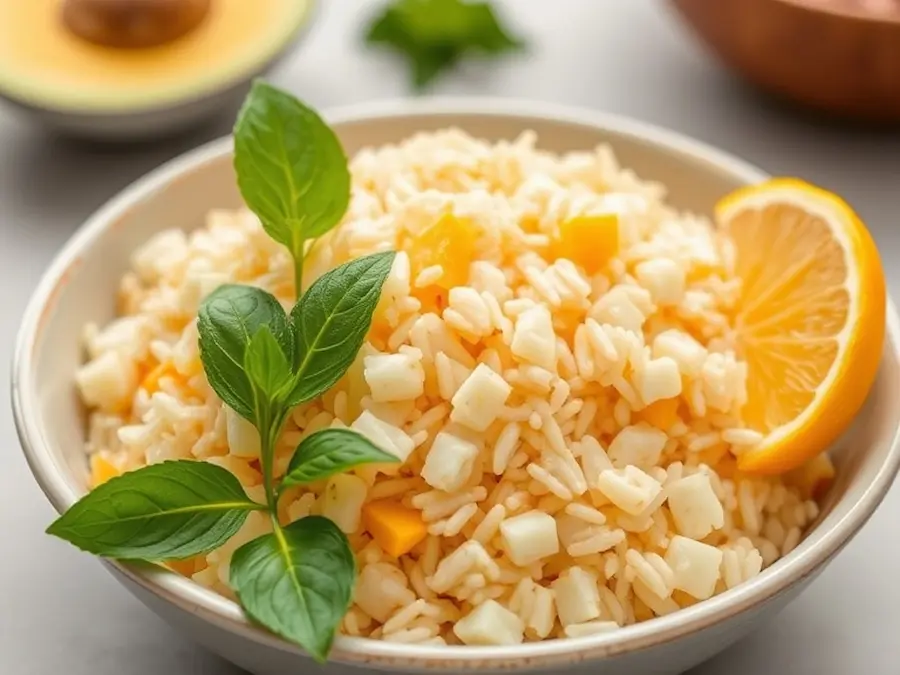
Trimmings :
- Bland rice (by and large called glutinous rice or sweet rice)
- Arranged mangoes, stripped, and cut
- Coconut milk
- Sugar
- Salt
- Toasted sesame seeds (discretionary)
https://valuablerecipe.com/armenian-discover-valuable-appetizer/
Rules :
- Rinse the pitted rice under cool water until the water runs clear. Channel well.
- Place the washed and pitted rice in a bowl and cover it with water. Let it sit for something like 4 hours or present second.
- Drain the sprinkled, moist rice and transfer it to a liner bushel covered with cheesecloth or a kitchen towel.
- Steam the rice over simmering water for 25-30 minutes, or until tender and cooked.
- While the rice is steaming, prepare the coconut sauce. In a small pot, blend coconut milk, sugar, and a pinch of salt. Heat tenderly over low power until the sugar has disintegrated, blending sporadically.
- Once the decrepit rice is cooked, move it to a serving platter or individual plates.
- Arrange the cut mangoes close to the pitiful rice.
- Drizzle the warm coconut sauce over the pitiful rice and mangoes.
- Sprinkle with toasted sesame seeds whenever required.
- Serve the Thai mango with unrefined rice warm or at room temperature, and enjoy this brilliant Asian sweet!
https://valuablerecipe.com/moist-banana-bread-vegetarian-vegan-friendly/
The Rich Flavors of Asian Appetizers: A Culinary Adventure
Asian appetizers are a good choice when starting a meal because they stimulate your taste buds and give your tongue a kickstart. They include crunchy, fried foods and vibrant, succulent foods, a rich sample of Asian cuisine. A favorite is spring rolls. They contain different stuffings wrapped in thin pieces of rice paper, such as vegetables, shrimp, or chicken. They are loved for their sweeter and crunchier texture when eaten with sweet sauces, such as chili or peanut sauce.
Another example is dumplings; although they are not baked, they can be filled with meat, seafood, or vegetables and are always cooked, soft, and savory. It is out of this so-seasoned delicious fruit that you can hardly resist when steamed, fried, or boiled. Due to its technique, dumplings similar to the Chinese dim sum dish demonstrate how Asians pay attention to detail, even when the wrapper’s pleats are patterned as art.
https://valuablerecipe.com/recipe-for-deviled-ham-dip-united-states/
The beauty of Asian appetizers is that guests receive all the sweet, spicy, tangy, and umami flavors in one little morsel. Satay skewers are made from meat or tofu, barbecued with spices and accompanied by a creamy peanut sauce. People love these for the nice smoke flavor and the good, toothsome texture that they offer. Another bar you need to photograph is the Samosa, with spiced potatoes and peas, and a deep-fried touch of the South Asian subcontinent.
These triangle-shaped pastries are served with tamarind chutney or mint yogurt, enhancing the flavor to another level. On the other hand, bao buns, still steamed and delicate and containing barbecue pork or spicy tofu, are the perfect example of changing trends and conventionalism.
Popular Asian appetizers thus consist not only of familiar dishes. Some unknown but tasty options include Korean pajeon, savory pancakes with green onions and seafood, and Takoyaki, small balls stuffed with octopus.
I hope you enjoy these dishes, which showcase the region’s expertise in transforming raw materials into delicious snacks. Asian appetizers are best consumed on small plates, creating a sense of community. Whenever a group of families comes together or friends host a dinner party, Asian appetizers are moments of happiness. This never-ending journey involves taste buds and fragments of sociability and pleasure.
https://valuablerecipe.com/enhance-resistance-power-herbal-remedy/
Healthy and Delicious Options for Every Occasion
Asian appetizers are not only beautiful and delicious but also surprisingly healthy. For example, fresh spring rolls from Vietnam are packed with fresh vegetables, rice noodles, and occasionally lean meat, such as shrimp or tofu. They are rolled in thin rice paper coverings that make them edible and have a see-through effect. Accompanied by a sweet and sour hoisin and peanut dipping sauce, they offer a low-calorie alternative to the flavors of Asian cuisine.
For a warm dish, try out a Japanese dish – miso soup. This constitutes a clear soup containing fermented soybean paste, ideal for beginners, and features tofu, seaweed, and scallions. The fermentation process, which gives miso soup its rich flavor, also provides the gut with beneficial bacteria, making the dish as nutritious as it is tasty.
In addition to its low-calorie content, lettuce wraps are a perfect meal when you want to stick to your diet and get a meal full of flavor. Toppings commonly include sautéed minced chicken or pork seasoned with garlic, ginger, and soy sauce, laid on green lettuce cups. It’s simple, but you can also add veggies, nuts, a sauce, or other toppings, depending on your preferences. For the variation, edamame—green beans boiled with salt—make a sound, low-cholesterol, low-fat, proteinous snack. Additionally, healthy appetizers, such as kimchi pancakes (which traditionally include Korean preserved cabbage), have a tangy spiciness.
https://valuablerecipe.com/herbal-recipes-for-knee-joint-discomfort/
Asian appetizers also encourage the consumption of natural ingredients, adding value to people’s lives. One example of such a dish is gỏi cuốn – a Vietnamese favorite similar to fresh spring rolls but with the unconventional role of the herbs, mainly mint and cilantro. Not only do these herbs enhance the taste of the food, but they also help to boost vitamins and antioxidants in the food. Thai tom yum soup is a sour and spicy soup that pairs well with shrimp, mushrooms, and lemongrass.
This is a prime example of good taste combined with some nutritional value. Whether you plan to serve finger foods at a party or an appetizer before dinner, every recipe in this section provides the very best of Asian cuisine.
Conclusion
Asian appetizers are far beyond miniature meals served before dinner; they are the first step in the journey into Asia’s culinary world. With the delicious balance of every bite of dumplings and the burst of colors in spring rolls, these recipes highly satisfy any taste buds. Biryani and sabji are not just about filling a hungry tummy, they are about relishing the perfect balance, or as we know it, ‘Symphony of spices’. Asian appetizers make a party fun, an intimate dinner at home appealing, and let the experimenter’s taste buds thrill.
https://valuablerecipe.com/the-power-of-homemade-cat-vitamins/
Whether you crave a calorie-laden, commercial fried snack or a healthy, rainbow-nutrient-packed option, there is an Asian appetizer for almost every taste. Due to their exquisite taste and versatility, Asian appetizers are a universally beloved meal. Thus, why not explore Asian cuisine with personalized comfort by adding these appetizers to your next serving? They are unique to the culture, creative in processing, and still relevant to the Asian palate.
FAQs About Asian Starters:
Q: Are Asian appetizers typically vegetarian?
Asian food boasts a rich tradition of vegetarian starters, making them a superb choice for those following a vegan diet. Different estimable Asian starters, such as spring rolls, vegetable dumplings, and tofu sticks, are typically veggie darlings, offering a delicious showcase of plant-based ingredients. In any case, it’s vital to note that several Asian starters may contain meat or fish, so it’s essential to carefully review the menu or ask the server before ordering.
https://valuablerecipe.com/quick-healthy-dinner/
Q: Might Asian goodies ever be made without gluten?
Undoubtedly, different Asian starters can be accommodatingly adapted to being without gluten, making them appropriate for people with gluten sensitivity or celiac disease. Traditional Asian decorations, such as rice flour, custard starch, and rice noodles, are typically gluten-free and can serve as substitutes for wheat-based items. Additionally, soy sauce, which may contain gluten intermittently, can be replaced with gluten-free alternatives to ensure the dish remains suitable for those with gluten sensitivities.
Q: Are Asian starters suitable for those who avoid dairy, and do they count calories?
Asian cooking can progress well without dairy, as many standard Asian dishes are typically dairy-free. Coconut milk, for instance, is reliably used as a smooth alternative to dairy milk in various Asian recipes, adding luxury and flavor without the need for dairy. It’s critical to recognize unambiguous decorations, such as cheddar or cream-based sauces, which may contain dairy. Luckily, a vital piece of time can be made without dairy choices, such as open or central replacements, to accommodate dairy-free dietary preferences.
https://valuablerecipe.com/easy-thai-pineapple-fried-rice-recipe/
Q: What are two or three well-known Asian canapés?
Famous Asian goodies include spring rolls, dumplings, samosas, satay sticks, and sushi rolls. These dishes often serve as starters or finger food groupings at social events. These are a few delicious Asian appetizers, each offering a sharp culinary encounter.
Q: How might I make Asian hors d’oeuvres at home?
Creating Asian canapés at home is a fantastic and charming culinary endeavor that allows you to explore different avenues in terms of flavors and decorations. Cooking methods and readily available ingredients can enhance various Asian starters. There are countless recipes available online, along with detailed step-by-step instructions and video educational activities to guide you through the process. Whether you’re a meticulous home cook or a novice in the kitchen, making Asian canapés at home is a simple and delicious way to explore the diverse cuisines of Asian food.
Asian goodies offer a tempting inspection of the central area’s rich and varied culinary treats. With their rich flavors, diverse decorations, and captivating shows, these starters aim to attract customers and leave a lasting impression on restaurants. Whether enjoyed as starters at a restaurant or as privately prepared treats at home, Asian canapés are a genuine culinary delight that should be savored and appreciated.
https://www.thespruceeats.com/asian-inspired-super-bowl-recipes-695423
Competent Appraisal on Asian Canapés
Epicurean expert Mei Lin
Cook Mei Lin is a superb culinary master who has some dominance in Asian food. With over twenty years of experience in the culinary industry, Specialist Ace Mei Lin has refined her skills in traditional and contemporary Asian cooking techniques. She shares her snippets of data and limits on Asian canapés.
Well-known Evaluation of Asian Starters
John, a Food Blogger: “As a food blogger who loves investigating different cooking styles, Asian appetizers hold an uncommon spot in my heart. The extent of flavors, surfaces, and decorations utilized in dishes like dumplings, spring rolls, and sticks never disappoints me. Whether I’m getting a charge out of them at a café or making them at home, Asian canapés dependably leave me hankering more!”
Sarah, a Home Cook:
“I’ve begun examining different streets concerning Asian starters in my kitchen, and I’m deadened by how essential and tasty they are to make. From new vegetable tempura to brilliant potstickers, there’s something for everybody to appreciate. I love the shocking way versatile Asian goodies are, permitting me to get inventive with flavors and decorations while dazzling my loved ones with hand-made delights.”
David, a Bistro Part: “At whatever point I eat out, I, all things considered, endeavor to organize Asian tidbits to get my feasting experience moving right. Whether at a Japanese izakaya getting a charge out of yakitori sticks or at a Thai café getting a charge out of fresh spring rolls, Asian appetizers won’t dishearten me anytime. The striking flavors, new decorations, and perfect show generally leave me requiring more, and I can’t do whatever it takes not to attempt new dishes at whatever point I track down the entryway.”
Emma, a Traveler: “Going through Asia has been a culinary experience, and Asian tidbits have been a part of my excursion. From Bangkok’s clamoring street markets to Taipei’s singing night markets, I’ve reviewed a wide show of canapés that have left me craving more. Whether steaming dumplings in Shanghai or singing samosas in Mumbai, each chomp relates a record of culture, custom, and energy for food.”
Michael, a Road Food Fan: “As a Road food fan, Asian appetizers are my go-to decision for fulfilling snacks in a hurry. Whether I’m meandering through the dirt roads of Seoul or investigating the business areas of Hanoi, I attempt to try regional top picks like bao buns, takoyaki, and banh mi. The flavors are serious, the pieces are liberal, and the costs are first class, making Asian canapés the best fuel for my culinary experiences.”

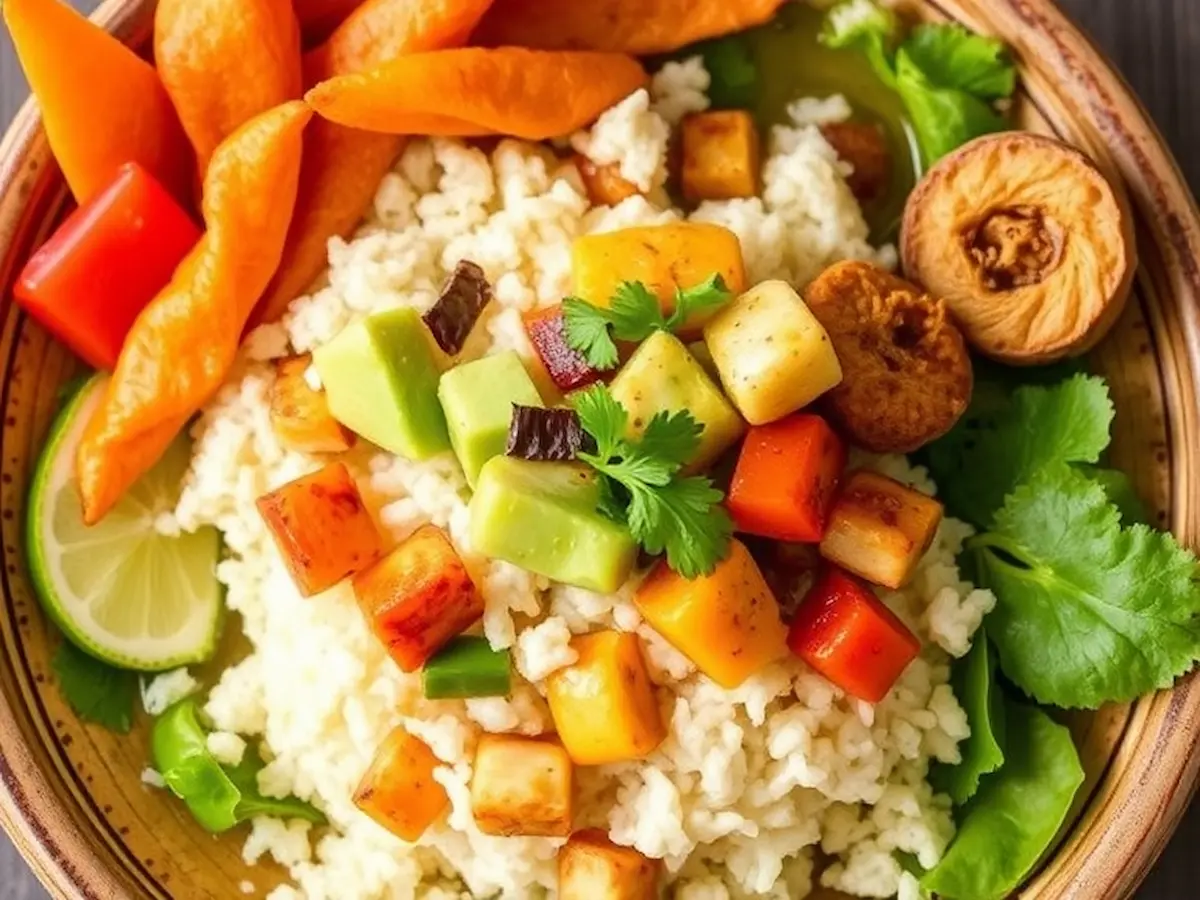
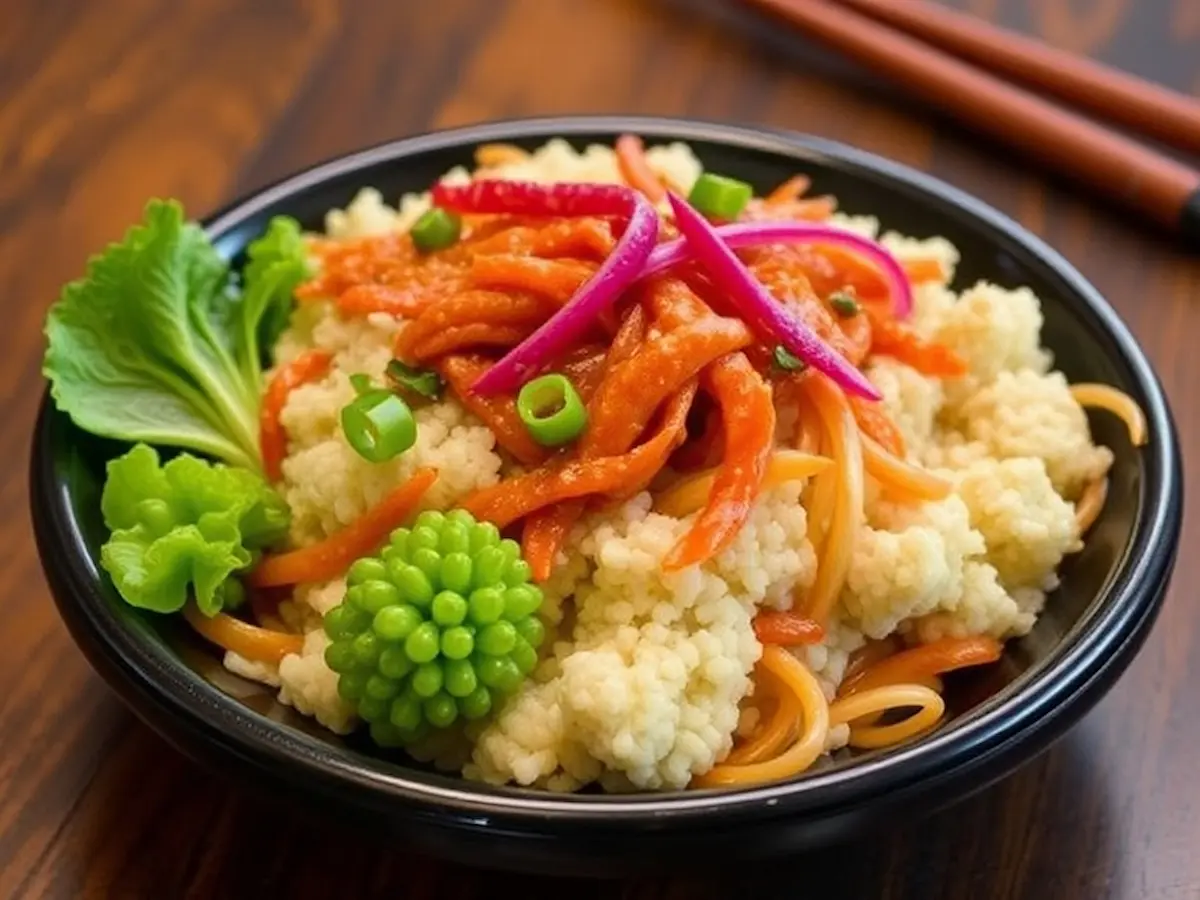

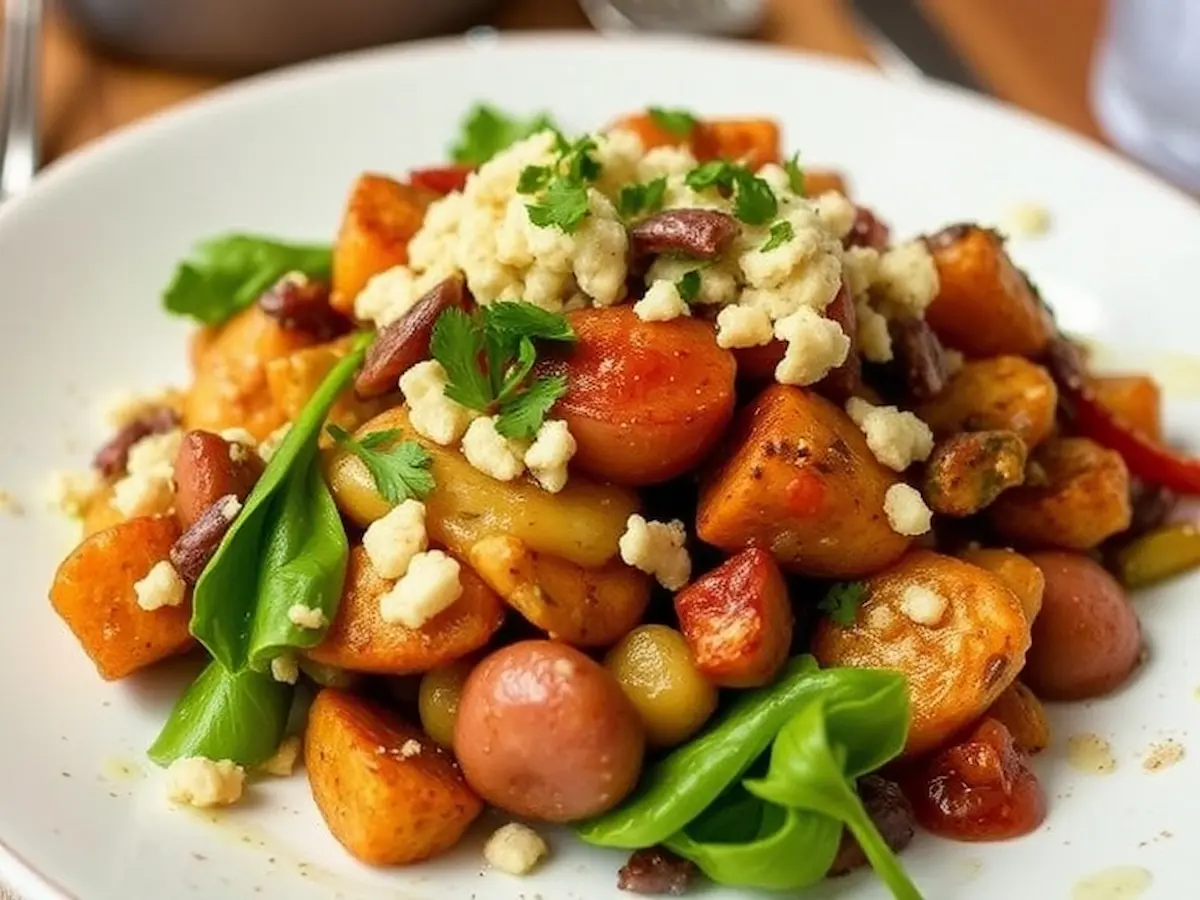

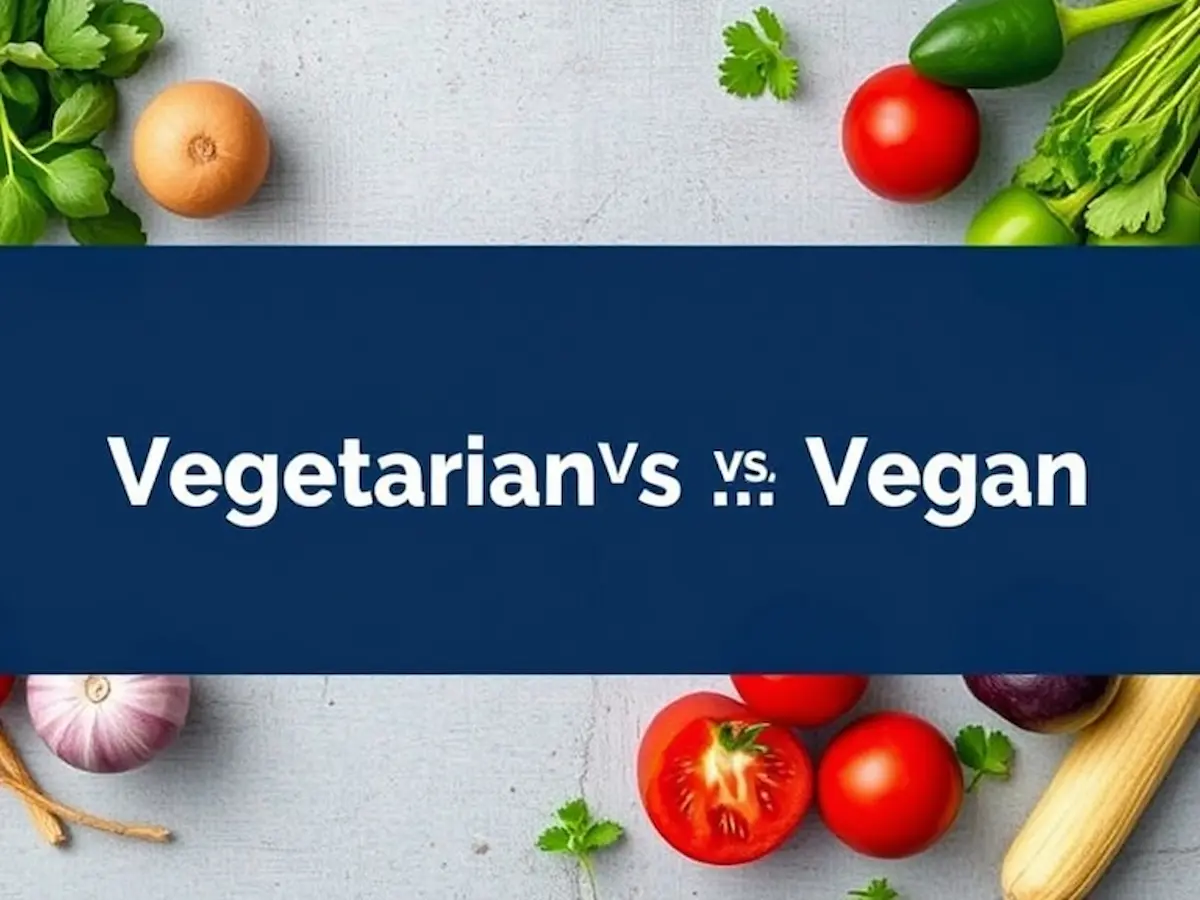


Pingback: Find The Kinds Of Asian Cooking In Rogersville, TN (2024)